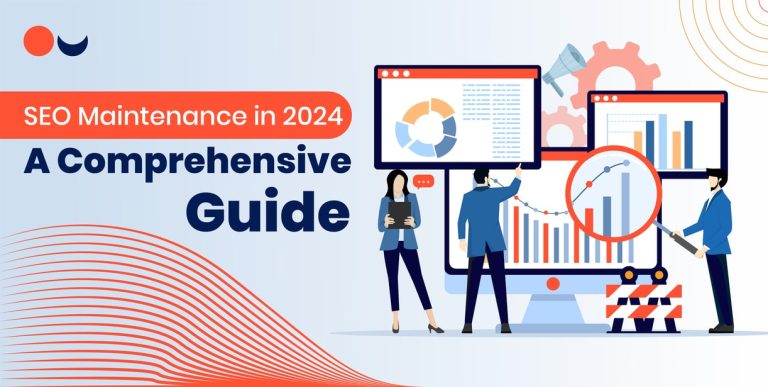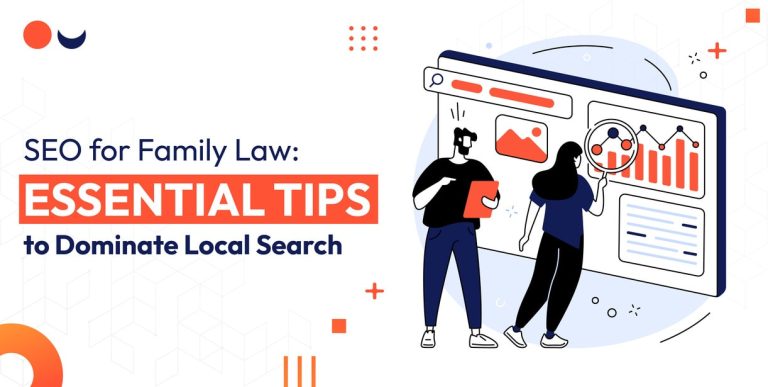LinkedIn Ads can help businesses reach their target demographic and produce quality leads. However, to maximize your advertising spend, you must employ clever targeting tactics and optimize your campaigns. This blog will review the essential stages of maximizing your ROI on LinkedIn Ads. We will cover everything you need to know, from creating advertising to targeting the correct audience and optimizing campaigns.
Ways to Maximize ROI on LinkedIn Ads
LinkedIn Ads provide businesses with unique opportunities to interact with a professional audience and achieve their marketing goals. Developing efficient techniques is critical to get the most out of your advertising spend and maximize ROI.
1. Laser-Focused Audience Targeting
LinkedIn Ads’ precise targeting options are one of its primary benefits. To maximize ROI, clearly define your target audience. To ensure that your adverts reach the most relevant experts, use filters such as job title, function, industry, company size, and geography. You may enhance click-through rates and lead quality by targeting a specific audience, thus increasing your return on investment.
2. Engaging and Relevant Ad Content
Create intriguing and relevant ad content that speaks directly to your target audience’s pain areas and interests. Personalize your ad copy and pictures to appeal to professionals on the platform. A clear and appealing call to action can increase conversions. Engaging content improves the user experience, improving ad engagement and ROI.
3. Continuous A/B Testing
A/B testing is an effective method for optimizing your LinkedIn Ads. Experiment with various ad features like headlines, graphics, and formats to see what works best for your target demographic. Test numerous variations simultaneously and leverage data-driven insights to improve your ads continuously. This iterative process assists you in refining your advertising efforts for optimal ROI.
4. Conversion Tracking and Analytics
Install the LinkedIn Insight Tag and enable conversion tracking to analyze the impact of your efforts correctly. Critical performance data should be examined, such as click-through rates, conversion rates, and cost per conversion. You can identify which ads and targeting methods produce the best results by tracking and analyzing data, allowing you to deploy your cash more wisely.
5. Optimize Bidding and Budget Allocation
Bid wisely and make budget adjustments based on performance data. LinkedIn has several bidding alternatives, including cost per click (CPC) and cost per impression (CPM). Determine which bid approach best meets your objectives and alter your bids accordingly. Increase the budget for high-performing programs to maximize their ROI impact.
Setting up LinkedIn Ads
Before diving into your LinkedIn advertising campaign, you must set up your ads correctly to ensure optimal performance. Here are some crucial steps for setting up LinkedIn Ads to follow:
1. Define Your Objectives: Outline your advertising objectives, whether lead generation, brand awareness, or increasing website traffic.
Before you begin your LinkedIn advertising strategy, you must carefully identify your goals. What do you hope to achieve with your advertisements? Do you want to produce high-quality leads, raise brand awareness among industry professionals, or drive visitors to a particular landing page on your website? Identifying your significant objectives can assist you in shaping your whole campaign approach.
2. Budget Allocation: To minimize overpaying, set a reasonable budget and distribute it judiciously throughout your campaigns.
Setting your advertising budget demands significant thought. Begin by assessing your overall marketing budget and devoting some of it to LinkedIn Ads. Consider aspects such as your company’s size, industry, and competitors to determine a suitable budget amount.
3. Ad Formats: Select the best ad types for your goals, such as sponsored content, sponsored InMail, or display advertisements.
LinkedIn provides various ad formats to meet a variety of advertising goals. Choosing the proper ad format can have an important impact on the success of your campaigns. Here are the most common ad formats and when they should be used:
- Sponsored Content: This format is fantastic for building interaction and establishing thought leadership because it displays immediately in users’ LinkedIn feeds. When you want to share informative blog pieces, videos, or corporate updates, use sponsored content.
- Sponsored InMail: You may deliver personalized messages directly to users’ LinkedIn inboxes via sponsored InMail. This format is perfect for lead creation and nurturing because it allows for one-on-one conversations with potential prospects.
- Display advertisements: Display advertisements are visually appealing banner ads on LinkedIn’s desktop interface’s right side. When you want to raise brand awareness or increase visitors to your website, use display adverts.
4. Ad Copy and Creative: Create creative ad language and eye-catching imagery to appeal to your target demographic.
The quality of your ad copy and creative aspects is critical to the success of your LinkedIn Ads. To write compelling ad copy, follow these steps:
- Understand your target audience: Learn about your target audience’s problems, interests, and language preferences. In your ad copy, directly address their needs.
- Be concise and clear: Keep your messaging simple and to the point. Avoid jargon and utilize concise language that efficiently conveys your ideas.
- Incorporate a powerful call-to-action (CTA): Use a clear and engaging CTA that takes viewers to your desired destination, such as a landing page or lead form, to encourage them to perform the desired action.
For engaging visuals:
- Use high-quality photographs and videos: Visual content is more likely to pique users’ interest. Make sure your visuals are high-resolution and represent the identity of your brand.
- Highlight your value proposition: In the images, highlight the unique selling aspects of your product or service to persuade visitors to engage with your ad.
- Maintain consistency: To ensure a consistent brand image across your commercials, ensure your pictures correspond with your business’s general aesthetics and tone.
By paying attention to these details, you can build ads that stand out, resonate with your target demographic, and help your LinkedIn Ads campaigns achieve more significant results.
Audience Targeting
LinkedIn provides several targeting options to assist you in reaching the correct audience. You may dramatically increase your ROI by effectively utilizing these features.
Here are some key tactics for audience targeting:
1. Job Title and Function: To guarantee your ads reach the proper decision-makers, target professionals based on their job titles and roles.
2. Industry and Company Size: To attract niche audiences, tailor your adverts to specific industries and company sizes.
3. Geographic Targeting: Use geographic targeting to focus on specific regions or nations for location-specific campaigns.
Optimizing Your Campaigns
Continuous optimization is essential for increasing your ROI from LinkedIn Ads. Here are some optimization techniques to help your campaigns perform better:
1. A/B Testing: Use A/B testing to find the most effective combinations of ad elements like headlines, images, and calls to action.
2. Bid Strategy: Experiment with several bidding techniques, such as manual or automatic bidding, to see which works best for your goals.
3. Ad Scheduling: Track the performance of your ads over time and schedule them to appear during peak engagement periods.
LinkedIn Ads for Sales Conversion
It would be best to approach your advertising intelligently to get LinkedIn Ads for Sales Conversion. Here are some pointers to help you increase sales using LinkedIn Ads:
1. Lead Nurturing: To guide prospects through the sales funnel, implement a lead nurturing plan with sponsored content or InMail.
2. Remarketing: Create remarketing ads to re-engage users who have previously interacted with your brand but have yet to convert.
3. Use Conversion Tracking: Install the LinkedIn Insight Tag and configure conversion tracking to measure the success of your ads effectively.
Conclusion
To maximize ROI on LinkedIn Ads, a planned strategy is required from the start. You may obtain better outcomes and earn more significant returns on your advertising investment by effectively setting up your campaigns, using efficient audience targeting, and continuously optimizing your efforts. To ensure the success of your LinkedIn Ads campaigns’ success, remain current with essential facts and constantly adjust your plans.







